When we're kids, we all think we have the weirdest parents. Their habits, traditions, and quirks might be embraced, or endured with gritted teeth.
But every kid (and former kid) can think of at least one quirk their parents had that you simply took for granted, saying, something like, "Oh, that's just Mom!"
But as we get older, we start to better understand why our parents do the things they do.
We become more empathetic toward the conditions in which they grew up, and for many people who grew up in the '50s and '60s, it meant realizing that their parents grew up during a very tough time in U.S. history: the Great Depression.
The Depression, which started in 1929, saw millions of families lose their money and sometimes their homes, and as a result have to scrimp, save, and scrounge just to get by.
It was a tough time for many, many people, but it taught us a lot about how to survive and make do with what we had, like making clothing for kids out of used flour sacks.
Even if your parents were just kids during the Depression, the frugal habits they grew up with probably stuck with them more than they even realize. And as a result, they shaped the lives of their children and grandchildren, too.
Read on to see what characteristics parents who grew up during the Depression have. If you remember any of these, let us know, and let us know if you picked up these habits, or if you went another route!
Thumbnail Photo: The Lunchbox Diaries
1) They're Creative In The Kitchen
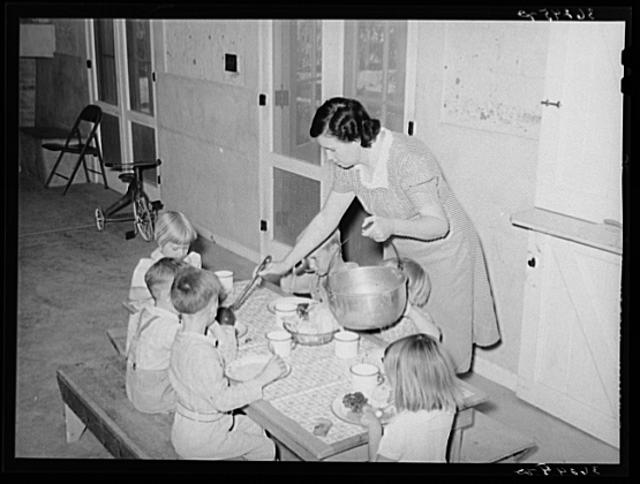
Food scarcity was a grim reality for many families in the 1930s, and so they quickly learned how to stretch what they had by getting creative.
Meat, usually a central part of a family's dinner, was hard to find and very expensive, so many families reserved it for a special occasion.
The rest of the time, they swapped out meat for other sources of protein like beans, and sardines became popular, too, since they were cheap.
If you grew up eating some experimental or meatless dishes (and maybe you still do!), it might have been thanks to the habit of making the food budget last.
2) They Save Containers (And Everything Else!)
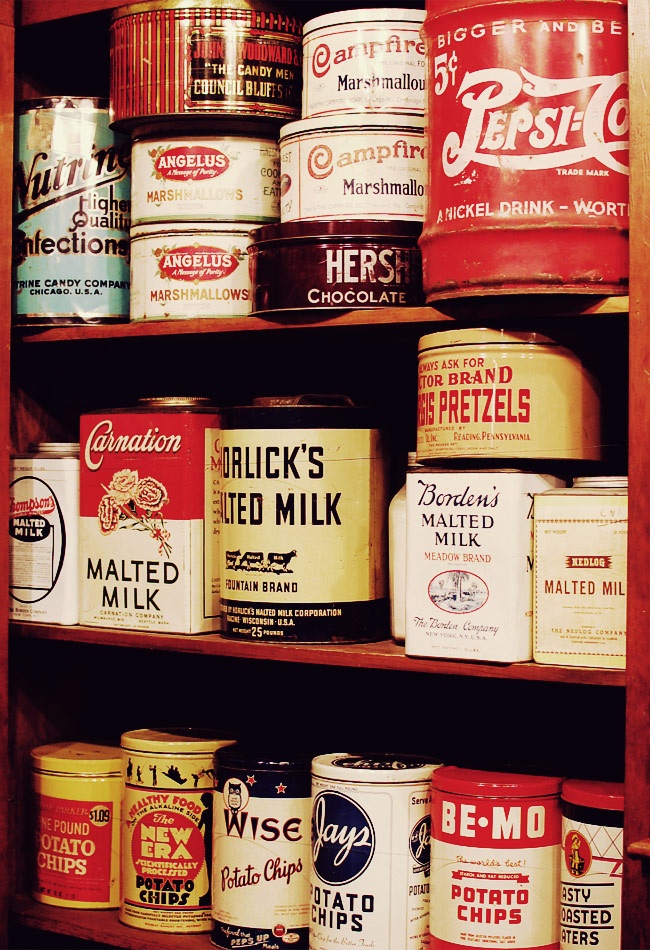
When you had little, you saved everything. That included food containers, too, like butter tubs, jars, and cans, because they could be used to store other things, including other food, once cleaned out.
It wasn't uncommon to have a cabinet shelf or drawer dedicated to saving containers of all kinds.
And this habit of saving extended to plenty of other things, too, like cloth scraps for patching, bits of wood for home repairs, and of course, leftover food!
3) They Collect Recipes And Coupons
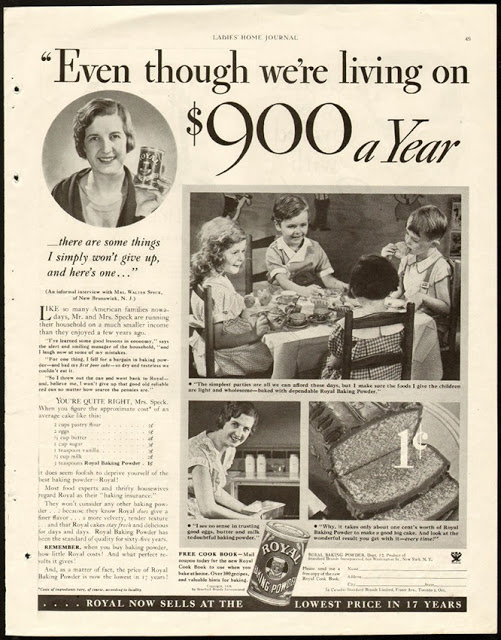
Frugal families were forever on the lookout for money-saving tips and recipes, and magazines and newspapers were full of tips, often sponsored by companies, like this ad for Royal brand baking powder.
That sense of frugality would carry down, and you might remember your parents poring over coupons, recipes, and DIY tips.
And it's carried through to the present day! Today, homemakers, crafters, and budget-makers of all ages love to learn about money-saving DIYs.
4) They Reuse Everything
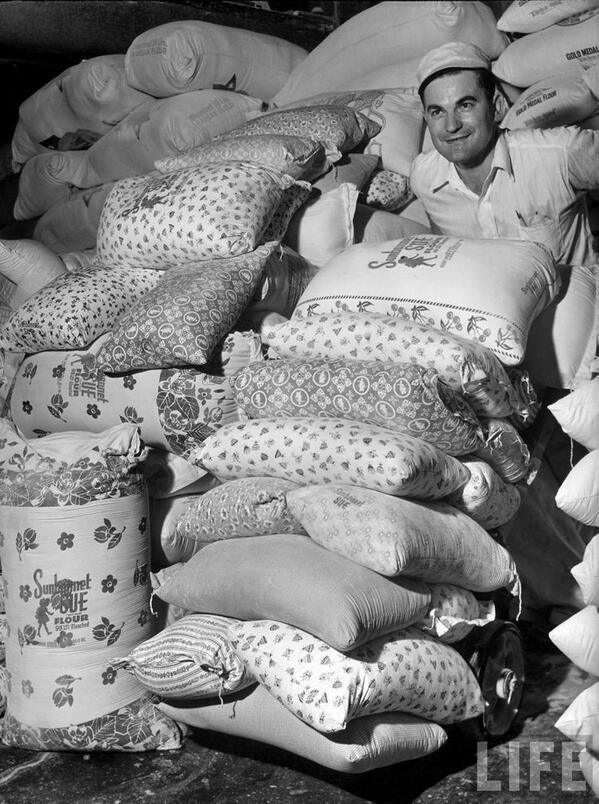
Simply throwing something out after its single intended use was not an option for many people. Like with food, they got creative, and reused and recycled as much material as they could.
Many kids grew up wearing flour or feed sacks that had been converted into clothing, for example.
It was so popular that companies started selling flour and feed in patterned cotton bags to make things a little more cheerful.
5) They Still Eat Powdered Food
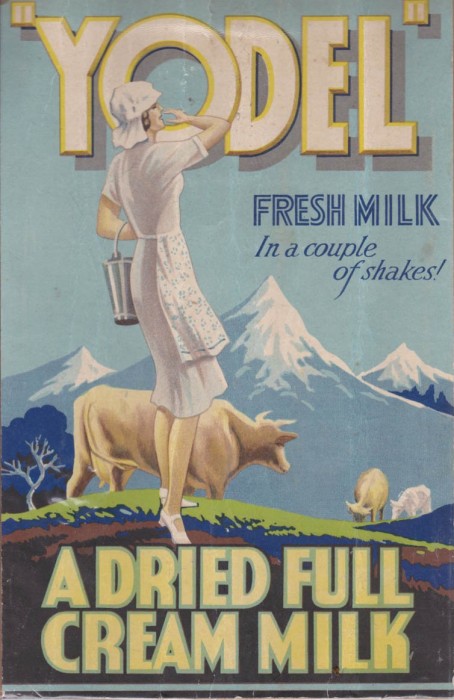
Powdered milk and eggs sound strange to us today, but for many families in the '30s, it was the perfect solution.
During this time, not everyone had access to refrigeration (or even electricity) the way we do today, so a non-perishable alternative was a great way to get some calcium in their diet.
Families also stocked up on powdered and preserved foods in case they lost more money or property.
6) They Depend On The Neighbors
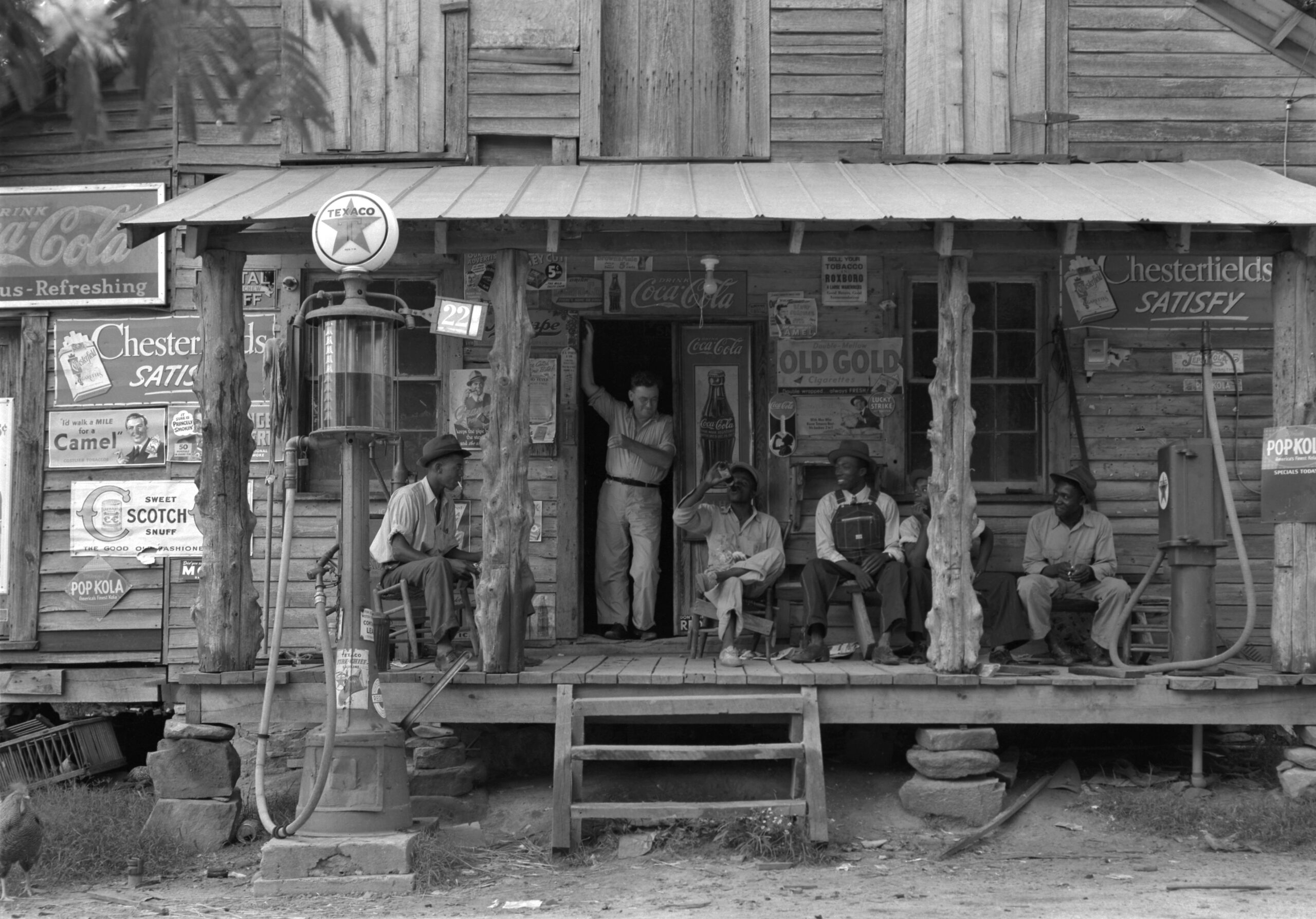
For many people, neighbors were more than people who just happened to live nearby, they were a lifeline. With neighbors, you could trade goods and services informally without spending any money.
That meant that a skilled neighbor could make and repair clothing in exchange for some groceries, or someone could repay a patched roof with some help with the crops.
And often, these neighbors would come together and celebrate their friendships and how these relationships sustained them during the hard times.
7) They Repair Clothes And Shoes
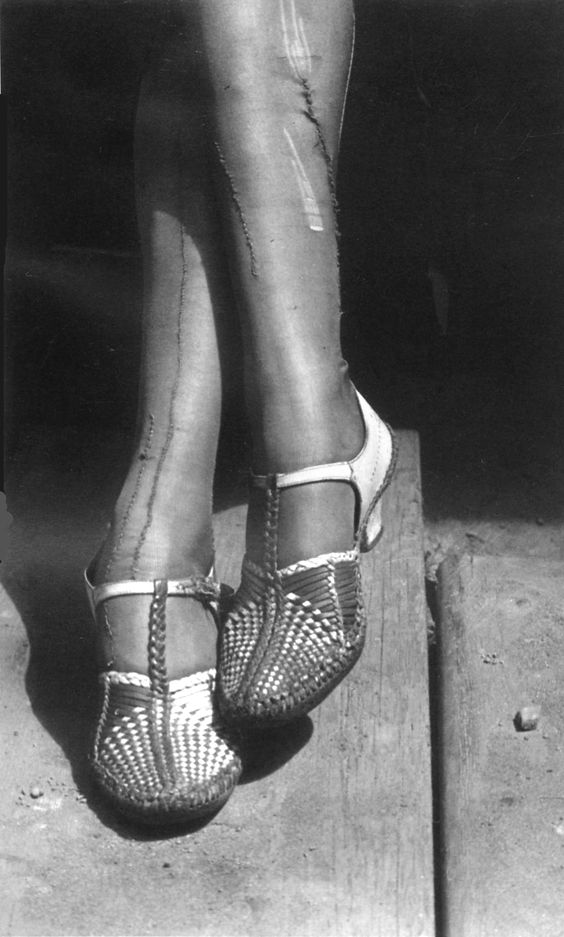
A worn sole or a broken heel, and we're used to taking our shoes to be repaired by a professional. But few people, especially those living in remote, rural places, had that luxury.
Instead, people learned to be crafty and repair their own shoes to make them last as long as possible.
Using scrap leather and even cardboard, people would repair their shoes at home by hand.
They would even mend their stockings, as seen in the old photo above!
8) They Have Mixed Feelings About Depression Glass
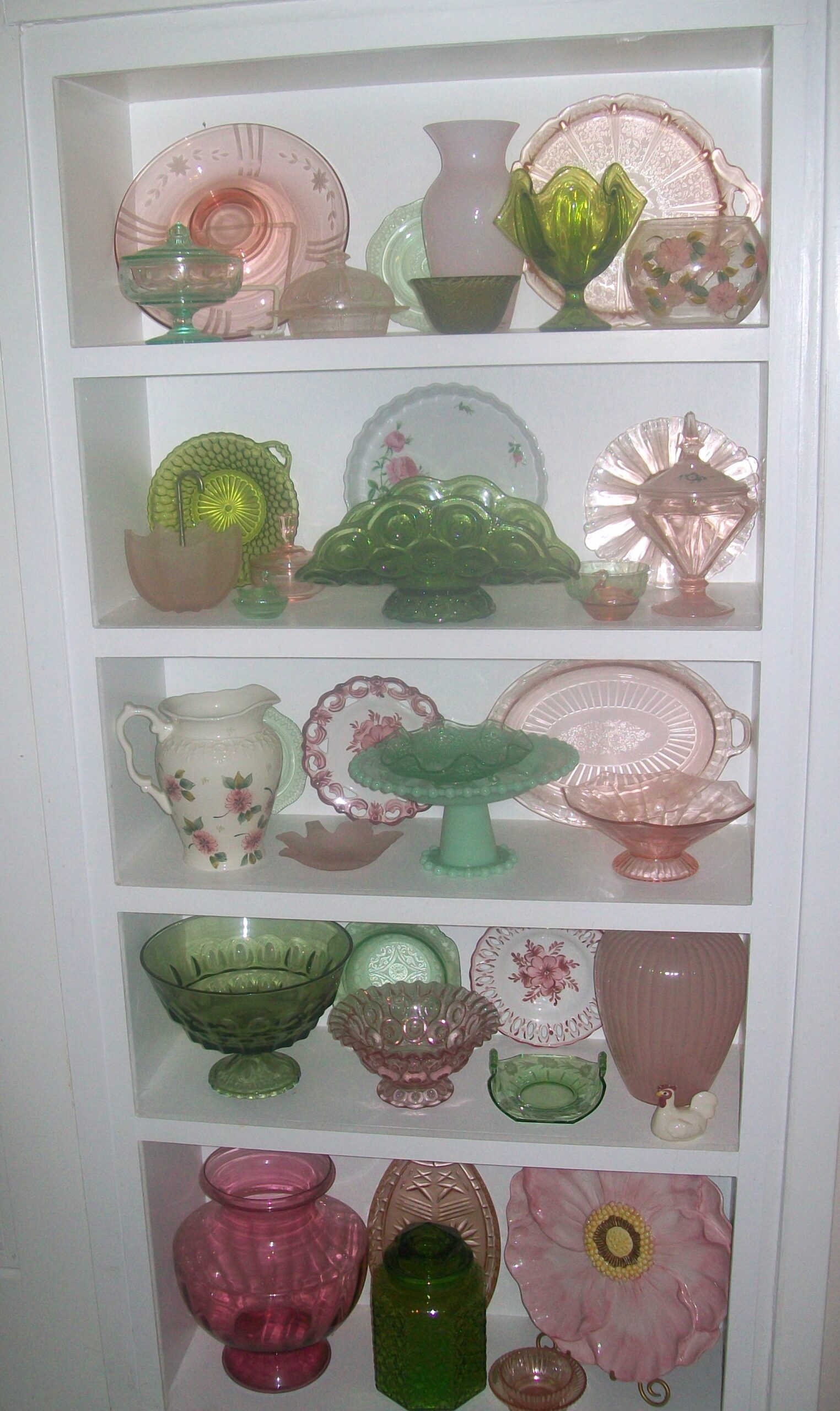
Depression glass is the beautiful, colorful, and ornate glass made in the 1930s. It was cheap and colorful, and so, was very popular. Today, it's a collector's item and can even fetch a high price.
However, if you grew up looking at it, you might prefer to serve your food on something else.
On a personal note, my grandmother avoids Depression glass to this day, because it reminds her of tough times growing up.
9) They Remember Drawstring Undies
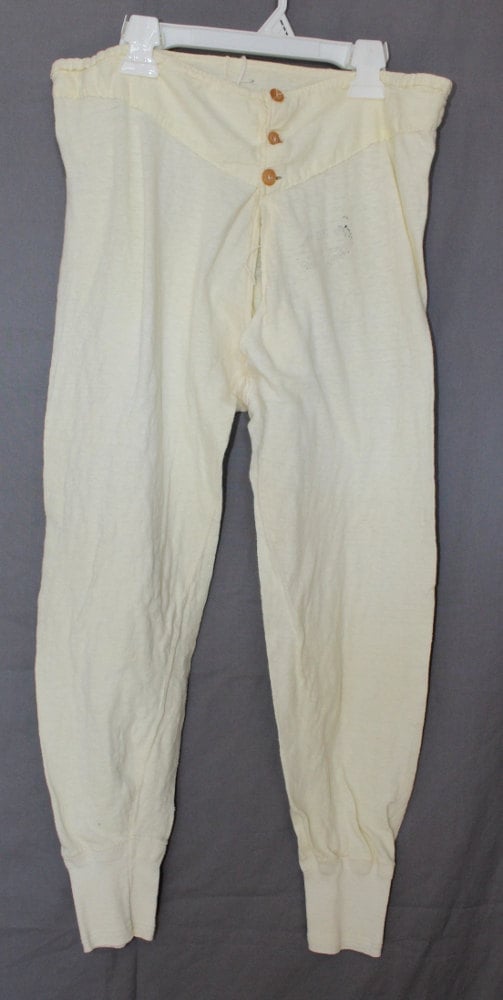
Elastic wasn't very common in the '30s, so most people's undergarments were held up with a drawstring (hence "drawers").
Of course, if you've ever worn a drawstring garment, then you know they can come undone quite easily, and for skirt-wearing women, it could be a disaster!
If your mom ever worried about slippage, she probably grew up wearing drawstring undies, and maybe survived a fiasco or two!
10) They Never Give Up
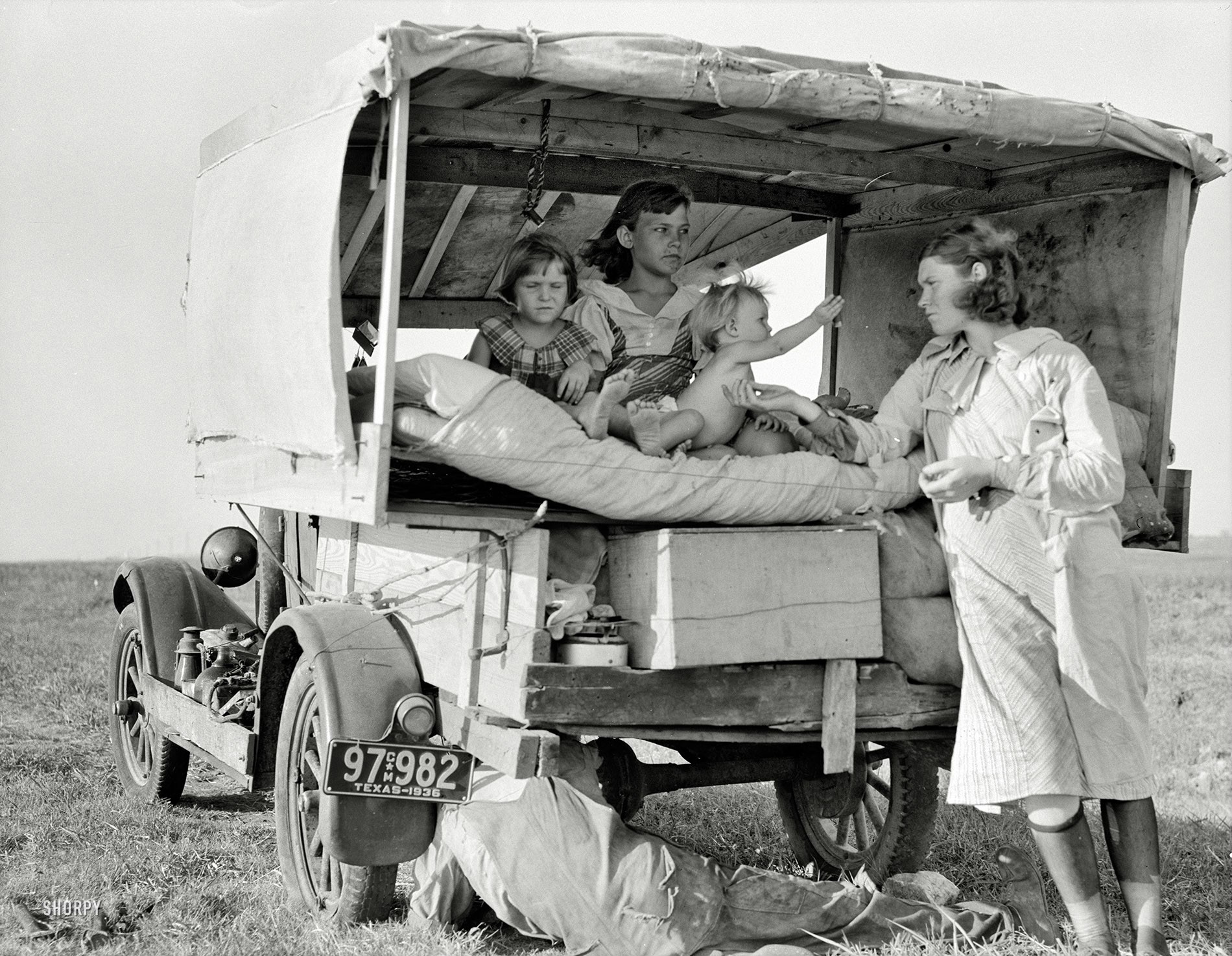
Even when things got tough, tougher than many of us can even imagine, kids in the Depression watched their parents press on, and so they learned to do it, too.
If it meant hard work and going without, well, that's what you did.
And they witnessed firsthand that although things were grim during the 1930s and '40s, the bad times wouldn't last forever. And if you just keep going, you'll make it out.
If your parents or grandparents grew up in the Depression, what lessons did they pass on to you?
And if you grew up in the Depression, what's a piece of advice you'd give the younger generations?
Let us know in the comments, and SHARE this to see what your friends remember!




